Roadmap
Work Packages:
Process design and integration and impact assessment
Process engineering tools are applied to investigate the overall process system behaviour in regard to combinations of the individual units to achieve optimal overall performance. The experiment derived data will be utilized to iteratively improve the process models and subsequent environmental, economic and societal impact of the value chain.
Fundamental electrochemistry for pyrolysis and lignin value chains
The depolymerization of lignin will be investigated to maximise molecular size reduction and high yields of value-added products. The targeted molecules are aromatic aldehydes and following products thereof. As substrate lignin model compounds, commercial lignins will be employed and directly the respective balck liquor.
Material and System Integration
Different properties like surface morphology, electrode geometry and electrode structures will have significant impact in the selectivity of generating specific oxidants. Careful material selection will be followed by the development of the electrolyzer and two prototype EC units will be designed and constructed, one for the lignin and one for the pyrolysis liquids. Ultimately, Design of Experimental planning will be applied for processing the liquids at pilot scale.
Validation of the technology at lab scale and business plan
Fractionated/ electrochemically upgraded bio oils and co-processed products will be thoroughly analysed to allow the full understanding of mechanisms and performance assessments. If necessary further oxygen removal after electrochemical hydrogenation will be performed by catalytic hydrotreatment. After co-processing heavy oil with refinery fractions, there will be the Pilot Plant Process Validation and TRL Assessment. Following, preliminary market exploitation pathways and risk assessment measures are going to be identified.
Dissemination, Communication and outreach activities
The project’s results are conveyed to specific target groups with crafted key messages and a Data Management Plan is developed. Moreover, the project is promoted through media presence and engagement together with physical and digital events. Scientific results are disseminated with a number of scientific papers and publications.
Project Management
The aim is to secure the allocation and coordination of all resources (human and financial) to reach the project objectives within the pre-defined contractual and time frames. It includes project progress monitoring, costs follow-up, contractual and administrative follow-up.
Ethics requirements
The objective is to ensure compliance with the “ethics requirements” set out and outlined by the European Commission.


